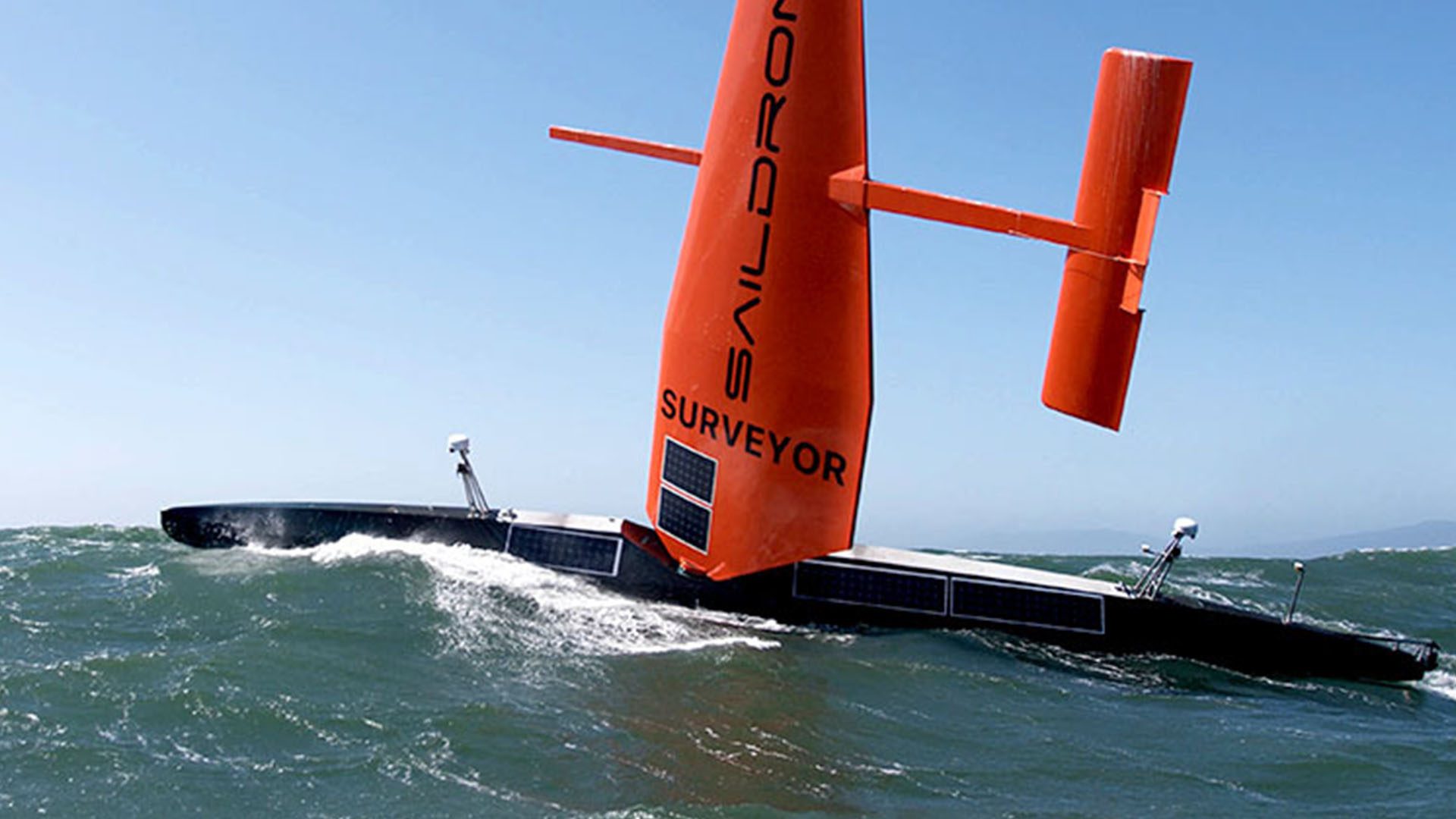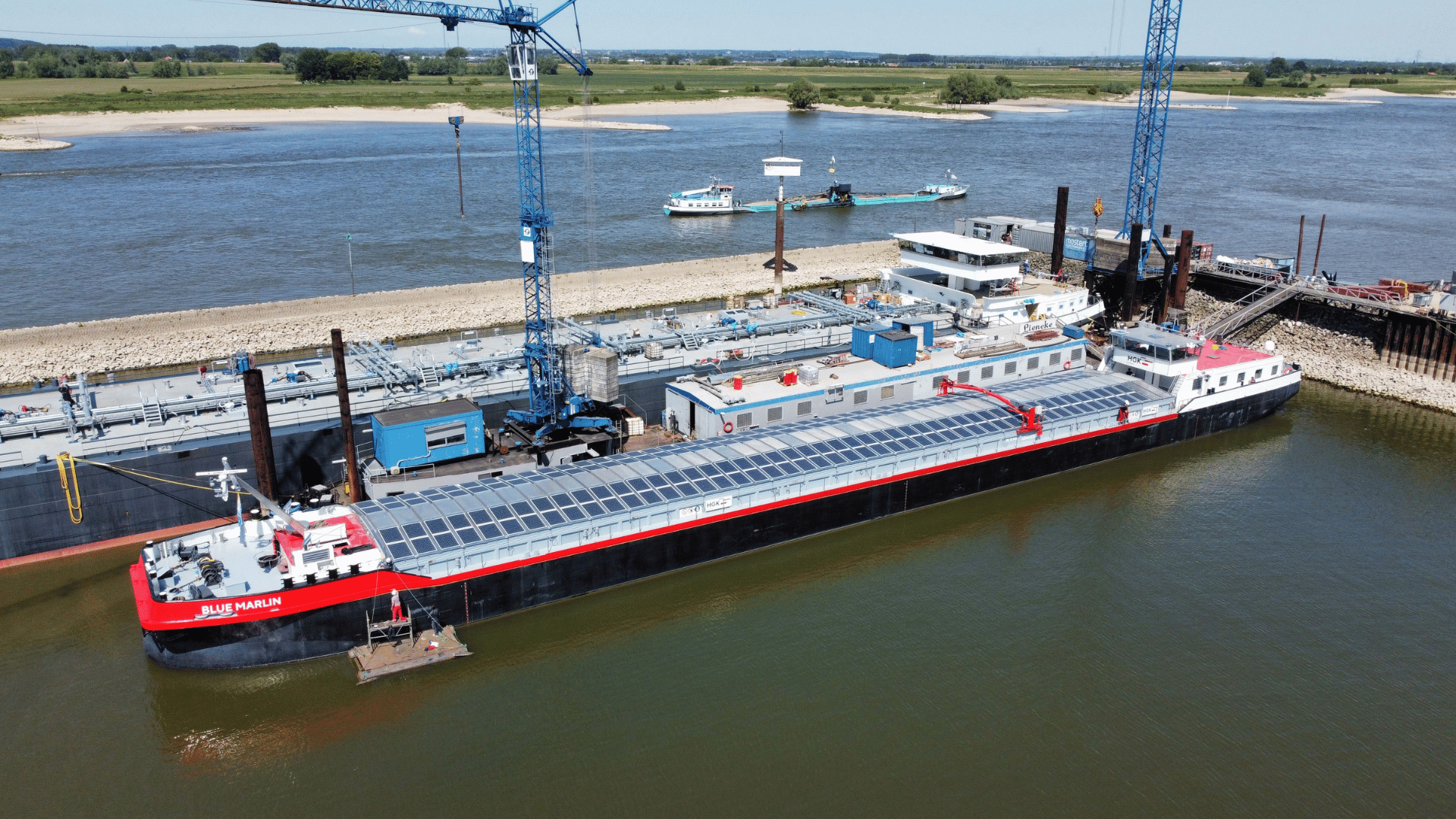NASA’s satellite mission to study ocean health, air quality, and the effects of a changing climate is underway. The satellite is known as PACE, the Plankton, Aerosol, Cloud, ocean Ecosystem (PACE) satellite.
Believe it or not, the satellite studies tiny organisms in the ocean from hundreds of miles away in the sky.
Setting the PACE
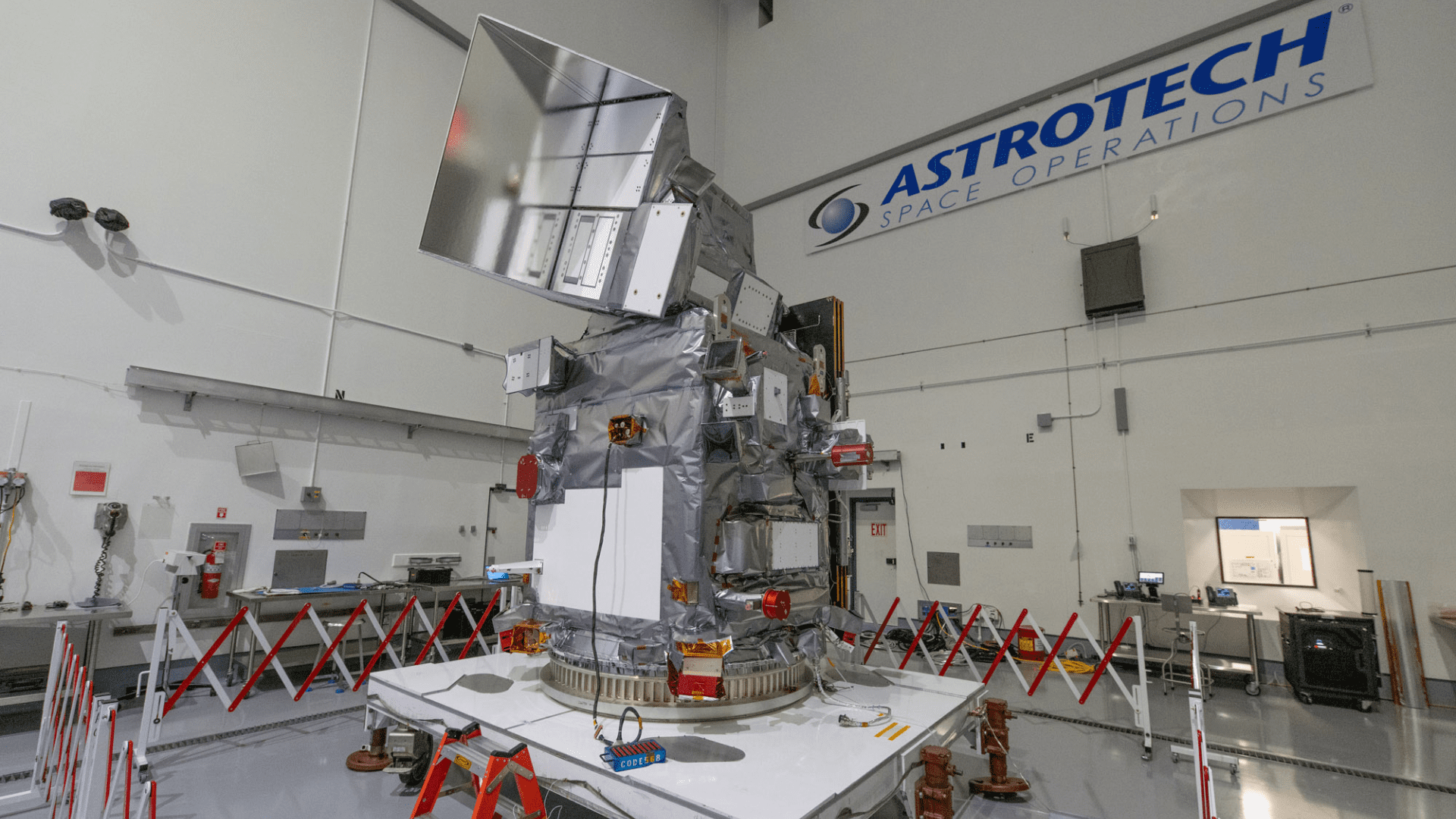
For the first time, a satellite will study tiny particles in the ocean and the air from space. NASA’s PACE satellite uses light to identify microscopic life in water and microscopic particles in the air. The satellite’s hyperspectral ocean color instrument allows PACE to measure oceans using ultraviolet, visible, and near-infrared light. For the first time from space, scientists can track the distribution of phytoplankton and which communities are present on a daily, global scale. Any data collected can help forecast the health of fisheries, track harmful algal blooms, and identify changes in the marine environment.
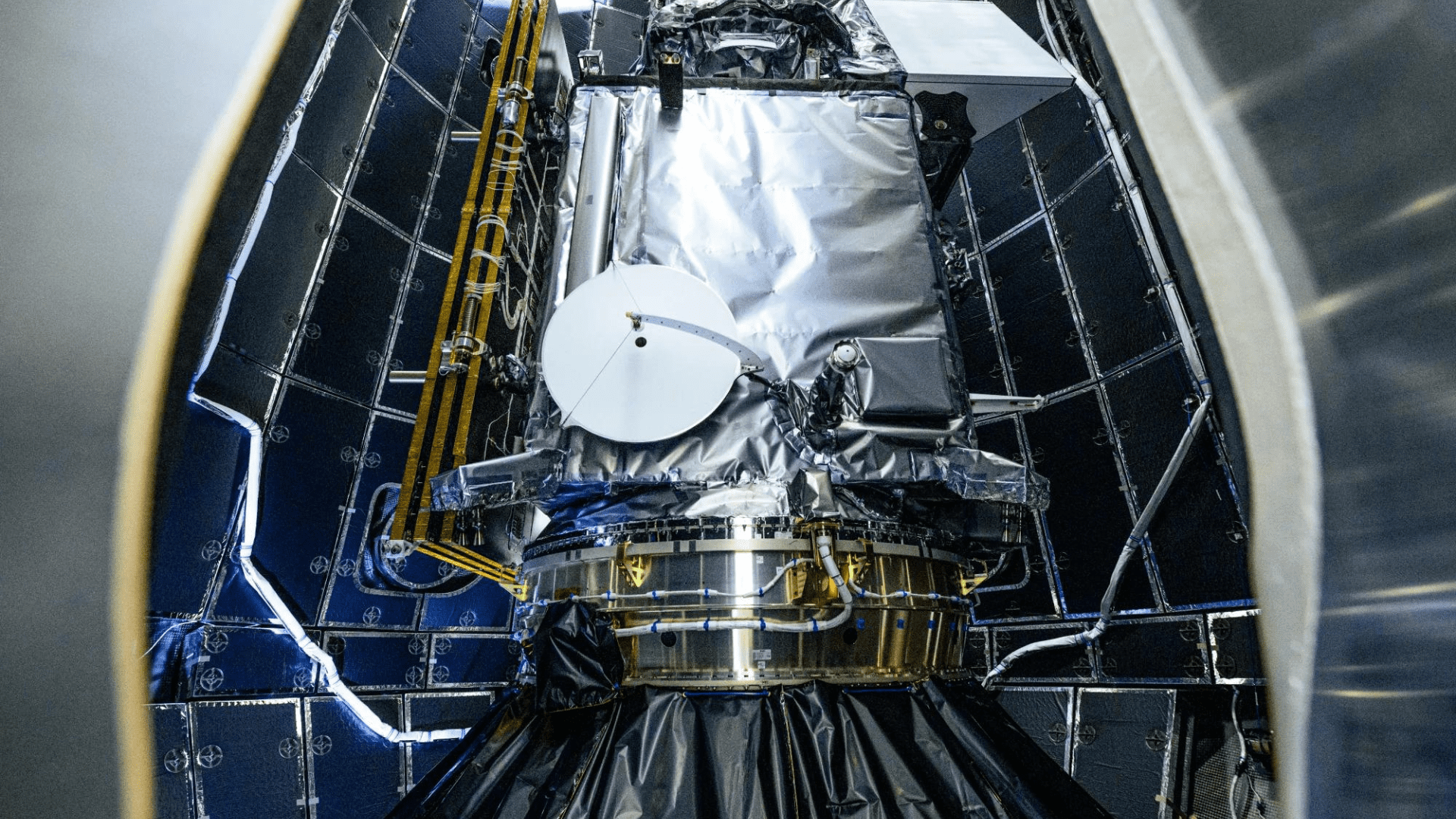
Explore Tomorrow's World from your inbox
Get the latest science, technology, and sustainability content delivered to your inbox.
I understand that by providing my email address, I agree to receive emails from Tomorrow's World Today. I understand that I may opt out of receiving such communications at any time.
Researchers pair the color instrument with two types of polarimeter instruments. These devices detect the polarisation direction of light. Their purpose in this situation is to detect how sunlight interacts with the particles. PACE uses this combination of instruments to give scientists new insights into atmospheric aerosols and cloud properties. Additionally, it helps researchers understand how climate change affects the ocean and atmosphere’s interactions.
Response to Climate
NASA’s director of the Earth Science Division Karen St. Germain said, “Observations and scientific research from PACE will profoundly advance our knowledge of the ocean’s role in the climate cycle.” Scientists at NASA say the oceans are responding to climate change in different ways from sea levels rising to marine heat waves to a loss of biodiversity. Phytoplankton play a big role in the global carbon cycle. For example, they absorb carbon dioxide from the atmosphere and convert it into their cellular material. PACE allows researchers to study climate change’s impact on phytoplankton. Their role in the ocean’s ecosystem is critical. They provide major resources for food security, recreation, and the economy.
The Launch
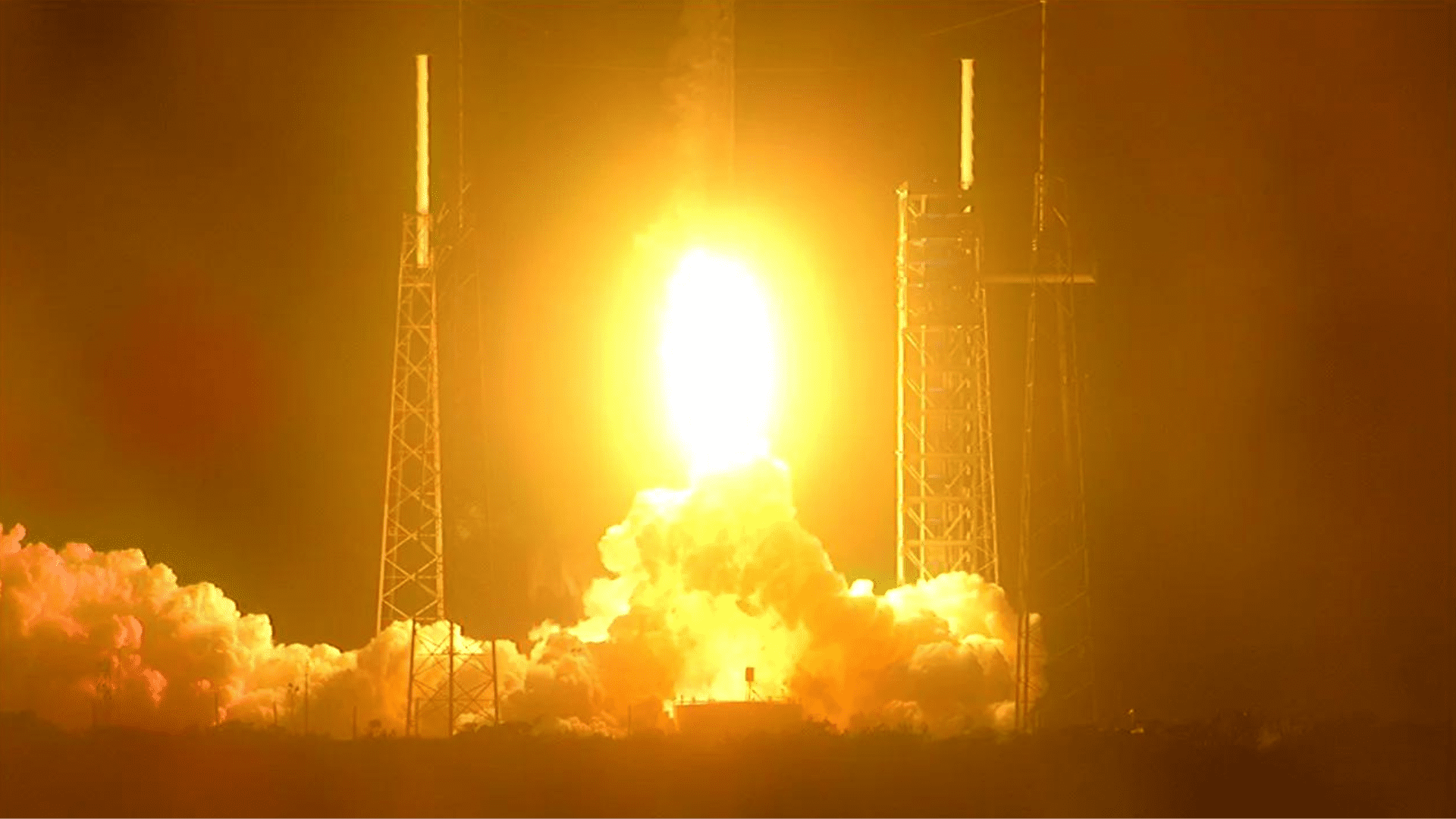
PACE is currently in orbit after launching on Thursday, February 8 aboard the SpaceX Falcon 9 rocket. PACE project scientist Jeremy Werdell said, “The opportunities PACE will offer are so exciting, and we’re going to be able to use these incredible technologies in ways we haven’t yet anticipated. It’s truly a mission of discovery.”



